Fountain Paint Pots in Yellowstone National Park
Location: Yellowstone National Park, Lower Geyser Basin
Length: 0.7 miles
GPS Coordinates: N 44 32.913 W 110 48.433
The Fountain Paint Pots Area is a must-visit destination in Yellowstone National Park that offers to explore all four kinds of geothermal features. Visitors will find here geysers, hot springs, pools, a fumarole and famous Fountain Paint Pot.
The trail, leading to these geothermal features is an easy 0.7-mile trail, is good for all skill levels, and is accessible May-September. The Fountain Paint Post area is located on the territory of the lower Geyser Basin.
Fountain Paint Pots was originally named “Mud Puff” in 1871 by Hayden survey, but later guide books referred to this area as Fountain Geyser and Paint pots, and in 1927 the name was changed. It was also named for the red, yellow and brown color of the mud in this area. The colors are so different because oxidation states of iron in the mud differ from feature to feature. The heat in the caldera forces pressurized water to go out, as well as rising gases cause the bubbling effect. It should be noted that the most active state of the pots and the bubbles are in spring, because snow melting provides more water, in summer the mud dries up and becomes thicker.
Different informational signs and guide books state that the mud in the pots is composed of clay minerals and fine particles of silica. In this area the rock is rhyolite, which is composed primarily of quartz and feldspar. Acids in the steam and water break down the feldspar into a clay mineral called kaolinite.
It takes hikers several minutes to get to the Fountain Paint Pots and enjoy its beauty. The temperature of the Fountain Paint Pot is 202.8 °F and its dimensions are 80×40 feet.
Due to underground processes the geothermal features are changing constantly. For example, the Hebgen Lake earthquake in 1959 that occurred in this area, gave the ability to Clepsydra Geyser to erupt almost constantly, and Red Spouter didn’t exist before. Take delight in Yellowstone National park, explore it and enjoy the nature, because we never know how it will look like tomorrow!
Along the Fountain Paint Pots Trail you will encounter Celestine Spring with unusually deep blue color of the water. It should be said that this color is formed by bacteria and other thermophiles. The green, orange and brown color is a result of living cyanobacteria that can live in the water with the temperature of 167°F. At this maximal temperature their color is yellow and green, but when the temperature of the water is lower the color is changed to orange and brown.
Leather Pool is another interesting feature of the area. It also was changed after the Hebgen earthquake. Before 1959 it was a warm pool with brown bacteria living in it, but after the earthquake the temperature rose and killed all the bacteria. But the lake is cooled and brown bacteria still live in it.
Other interesting feature of this area is dead lodgepole pine trees that didn’t survive. The trees drowned when nearby hot springs shifted. Silica also penetrated the trees and hardened their bases.
There are many other geothermal features in this area and all of them deserve your attention. Before your hike we recommend taking a brochure from the interpretive center about this area. There is a lot of interesting information about every geothermal feature that you will encounter on your way. Take your time, explore and enjoy!
Photo: Roman Khomlyak
Photo Editing: Juliana Voitsikhovska
Information: Marina Petrova
Pictures taken: 24.06.2016

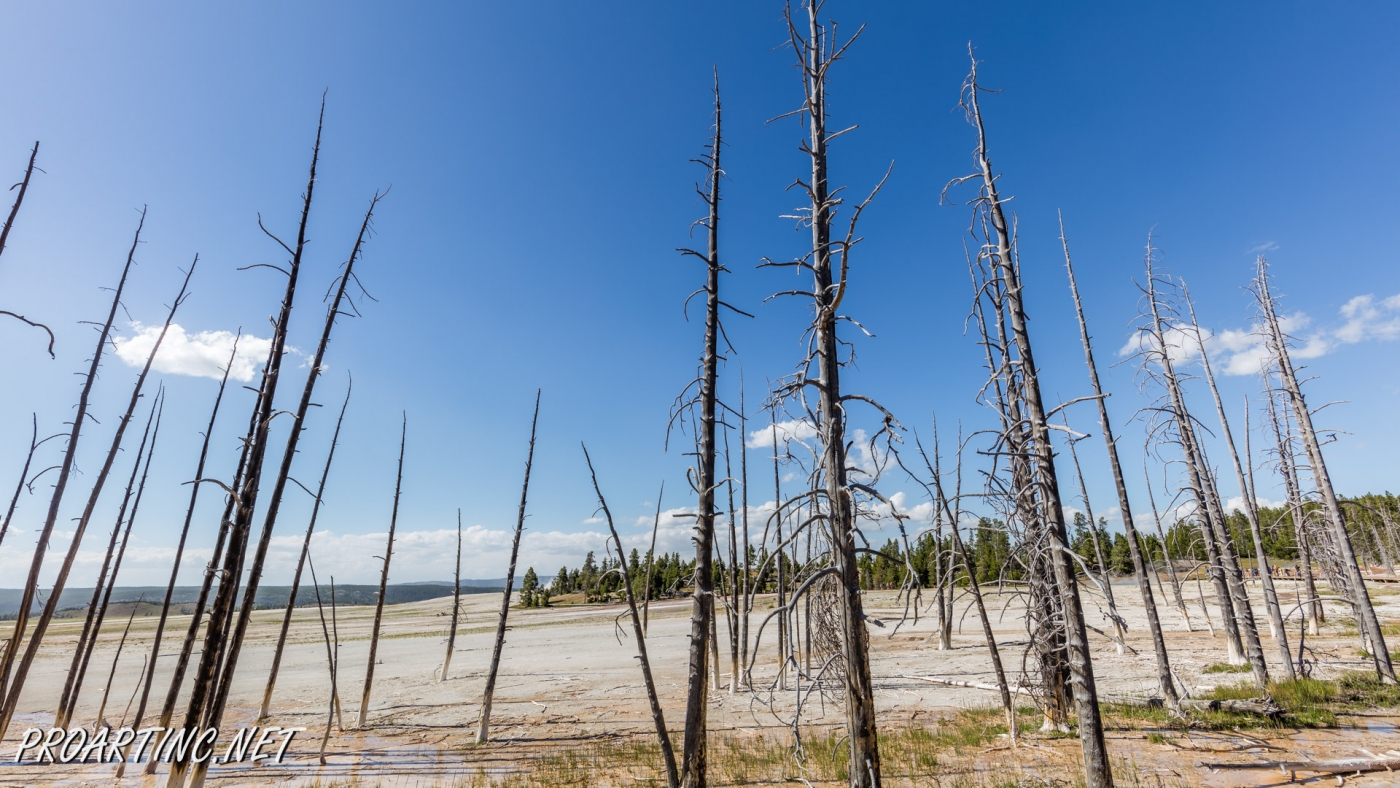

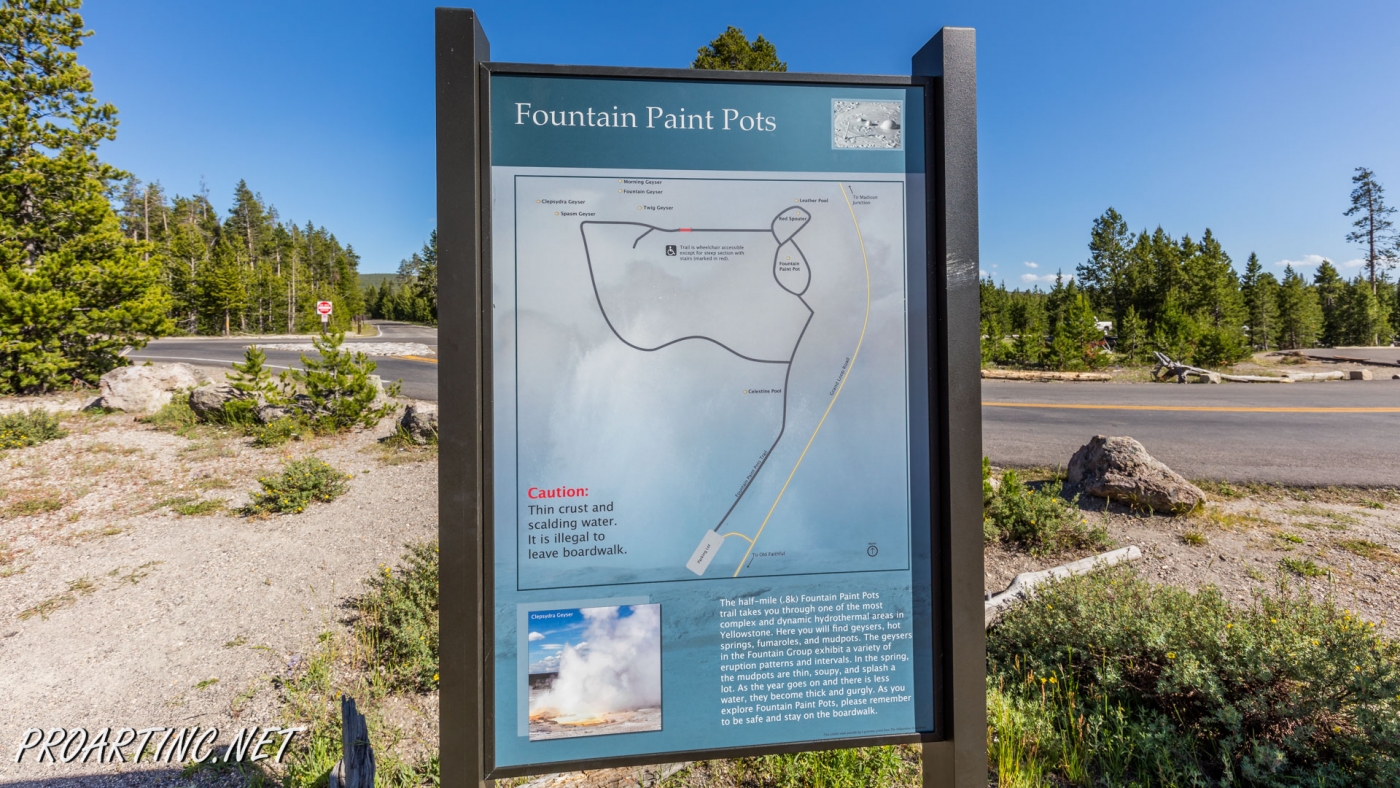

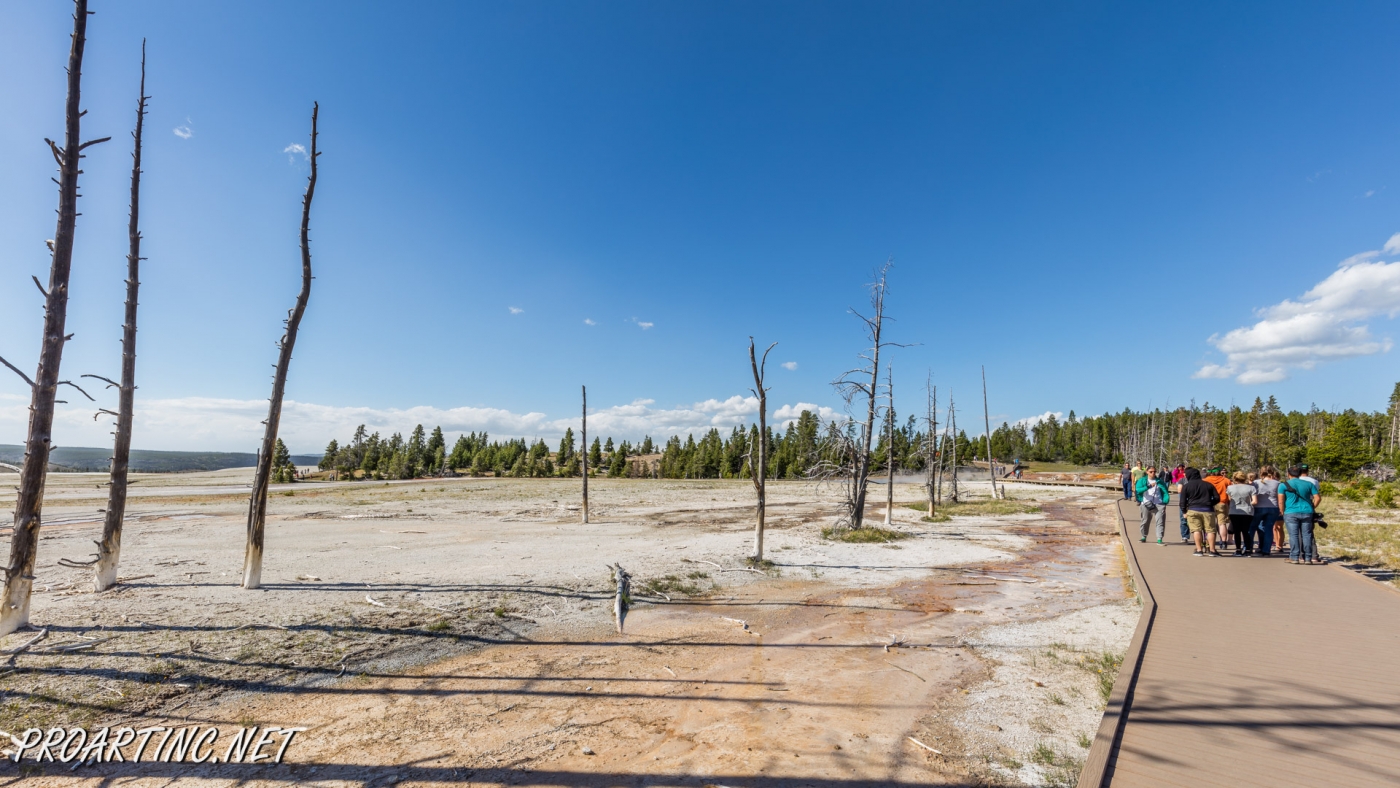

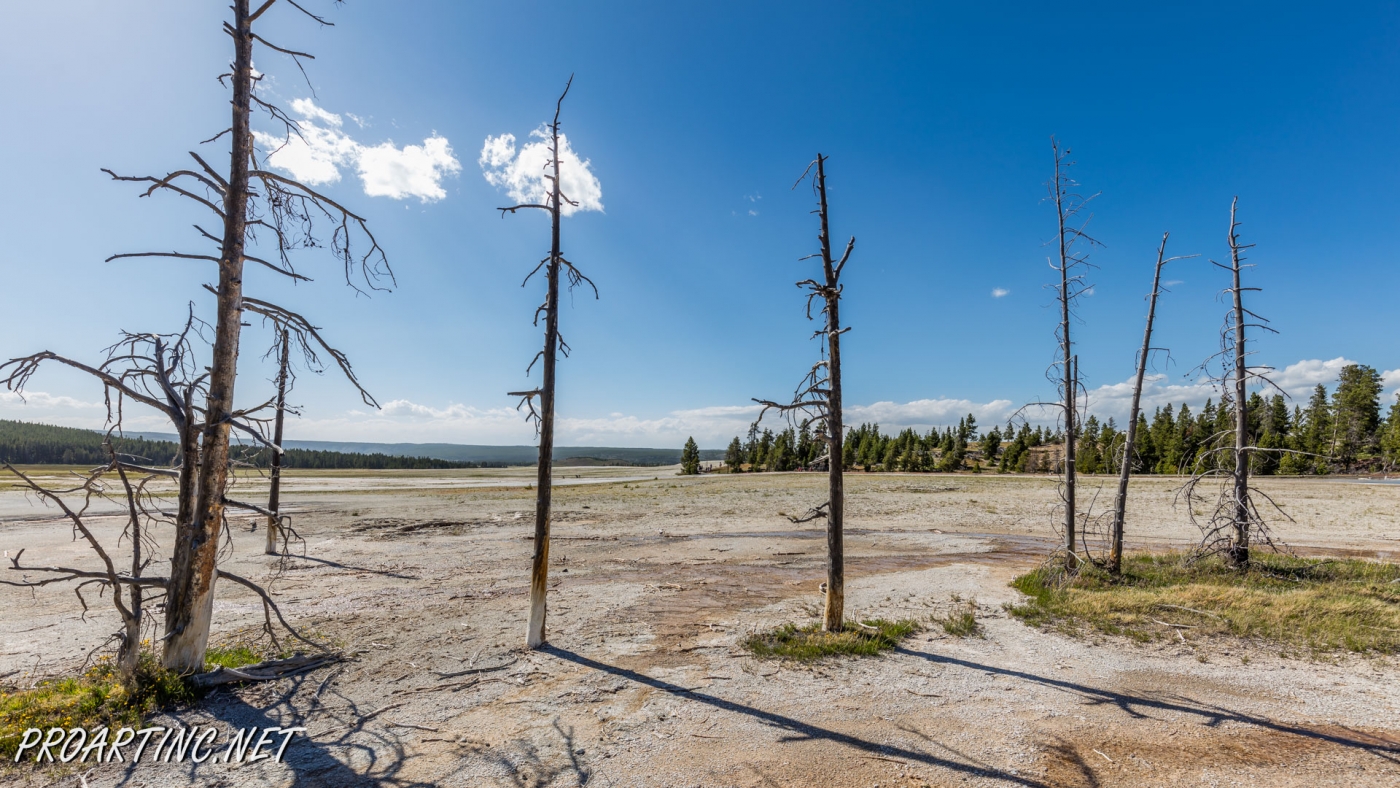

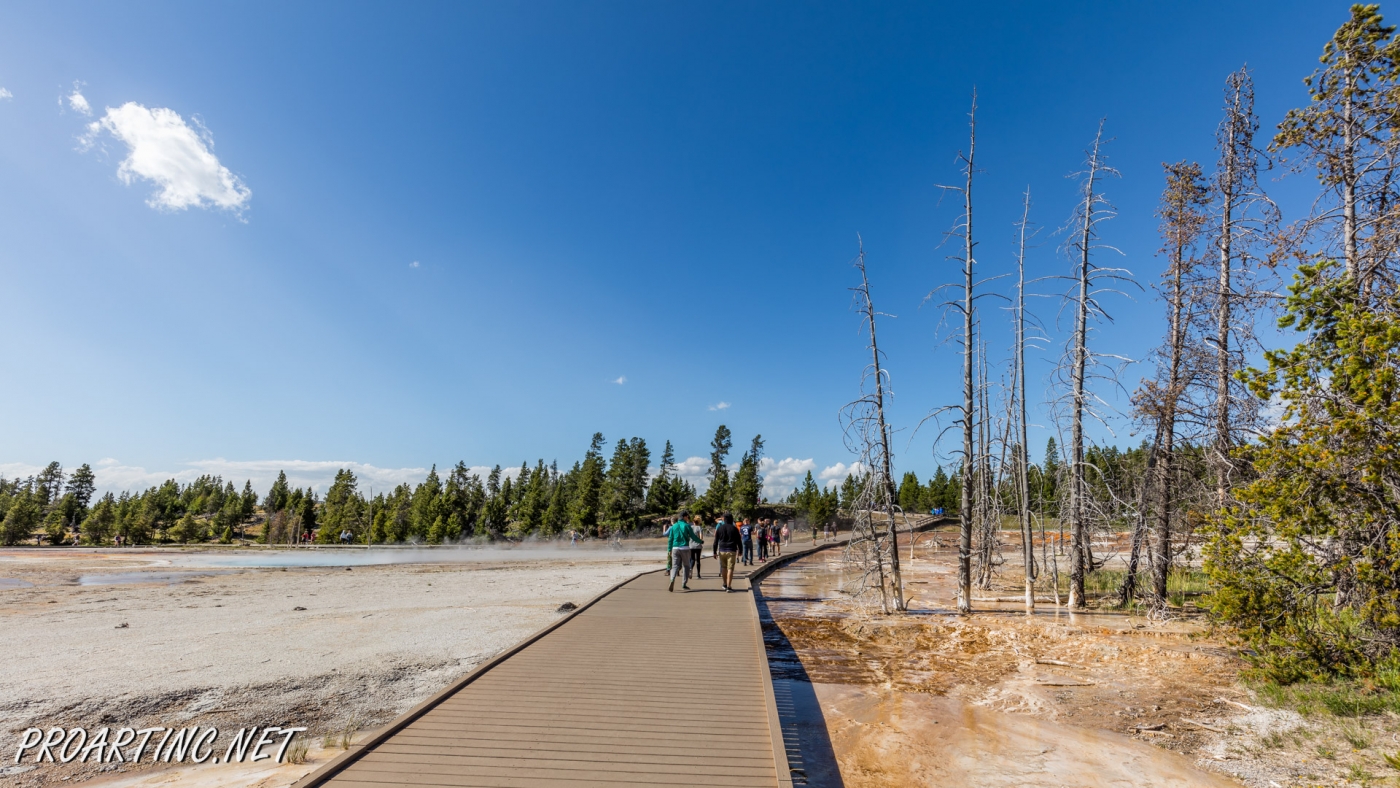

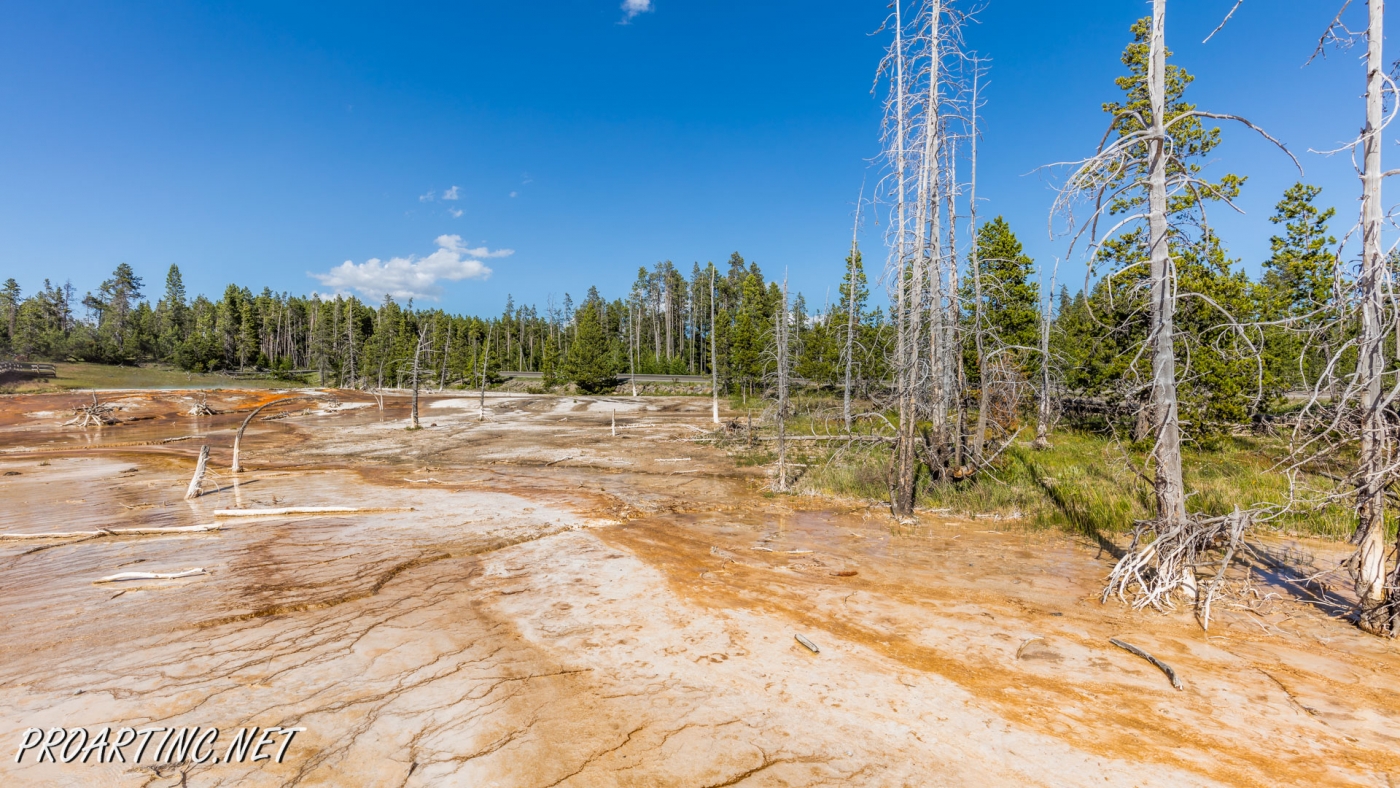

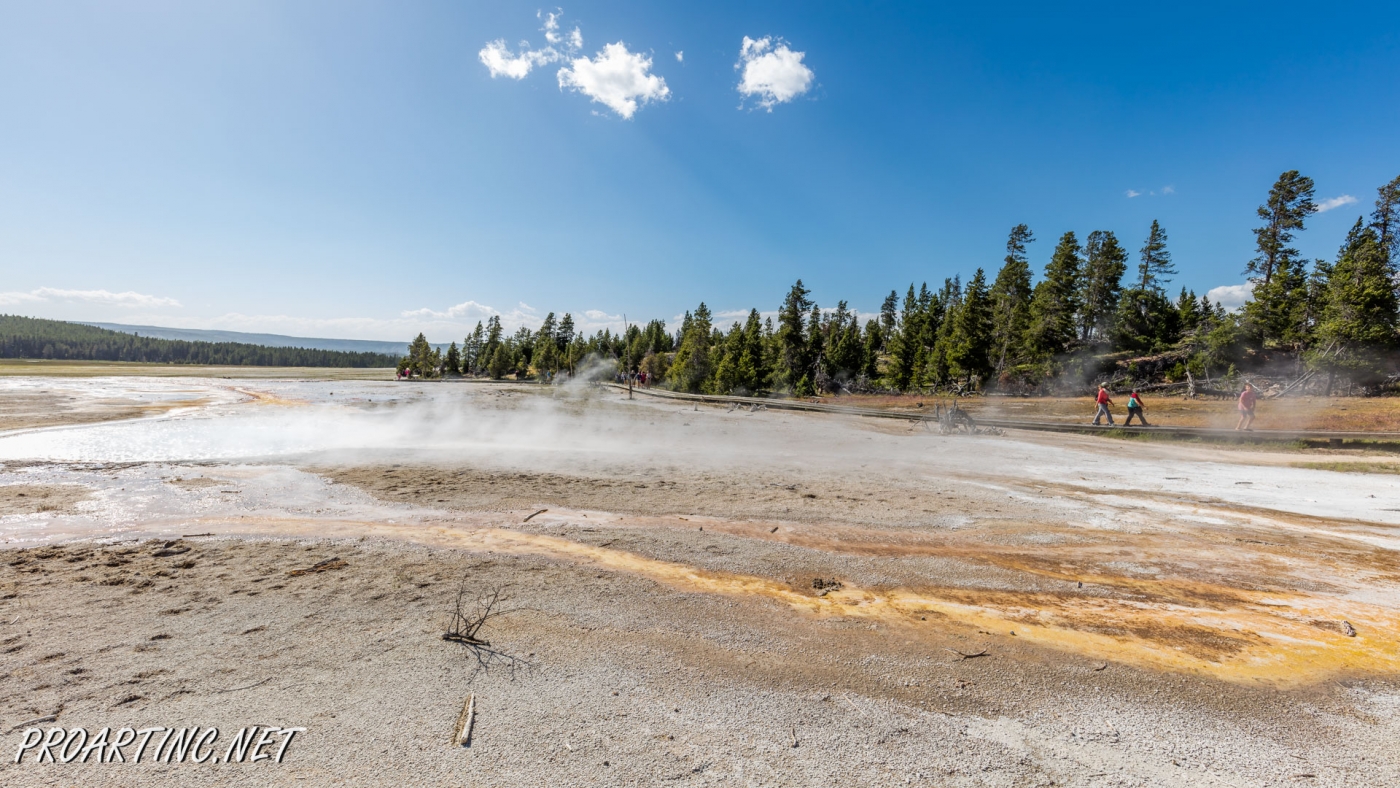

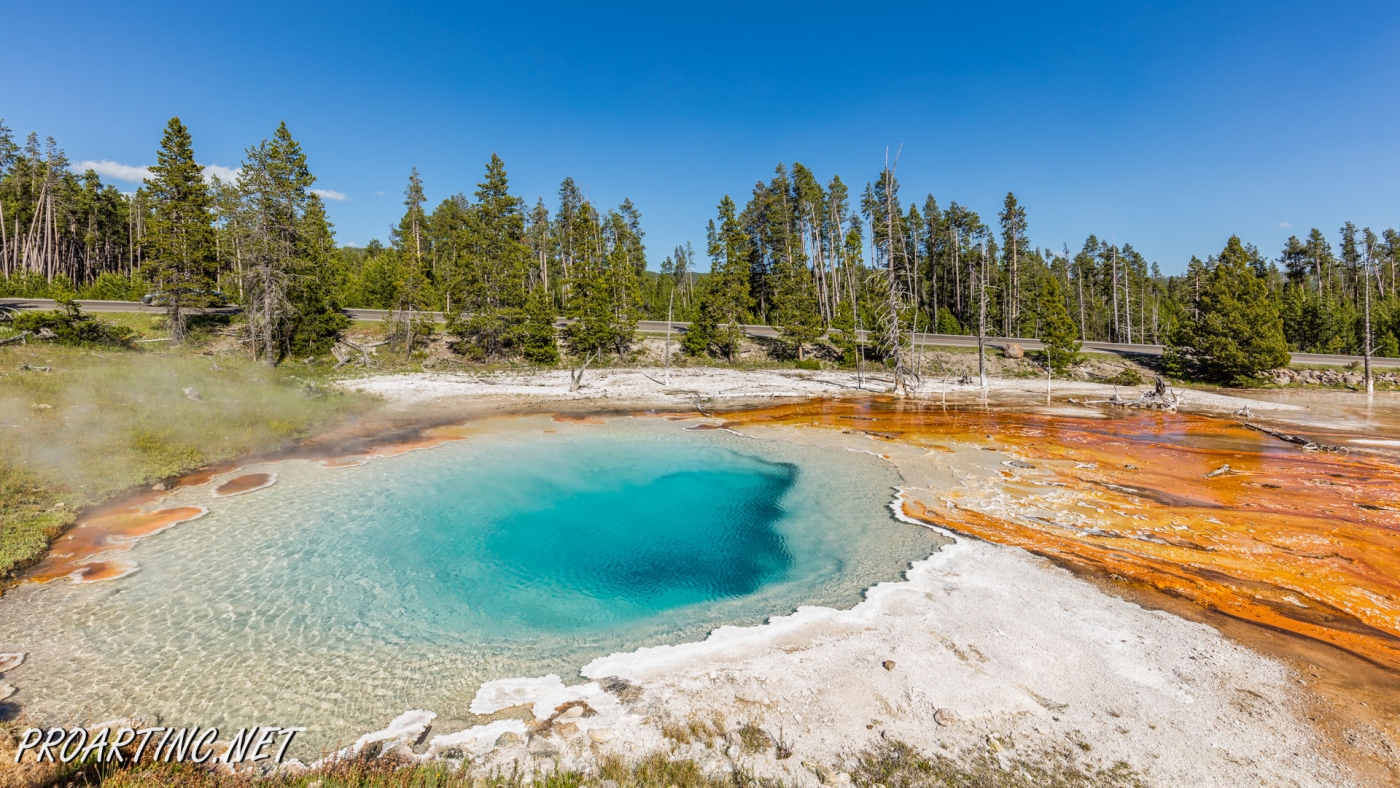

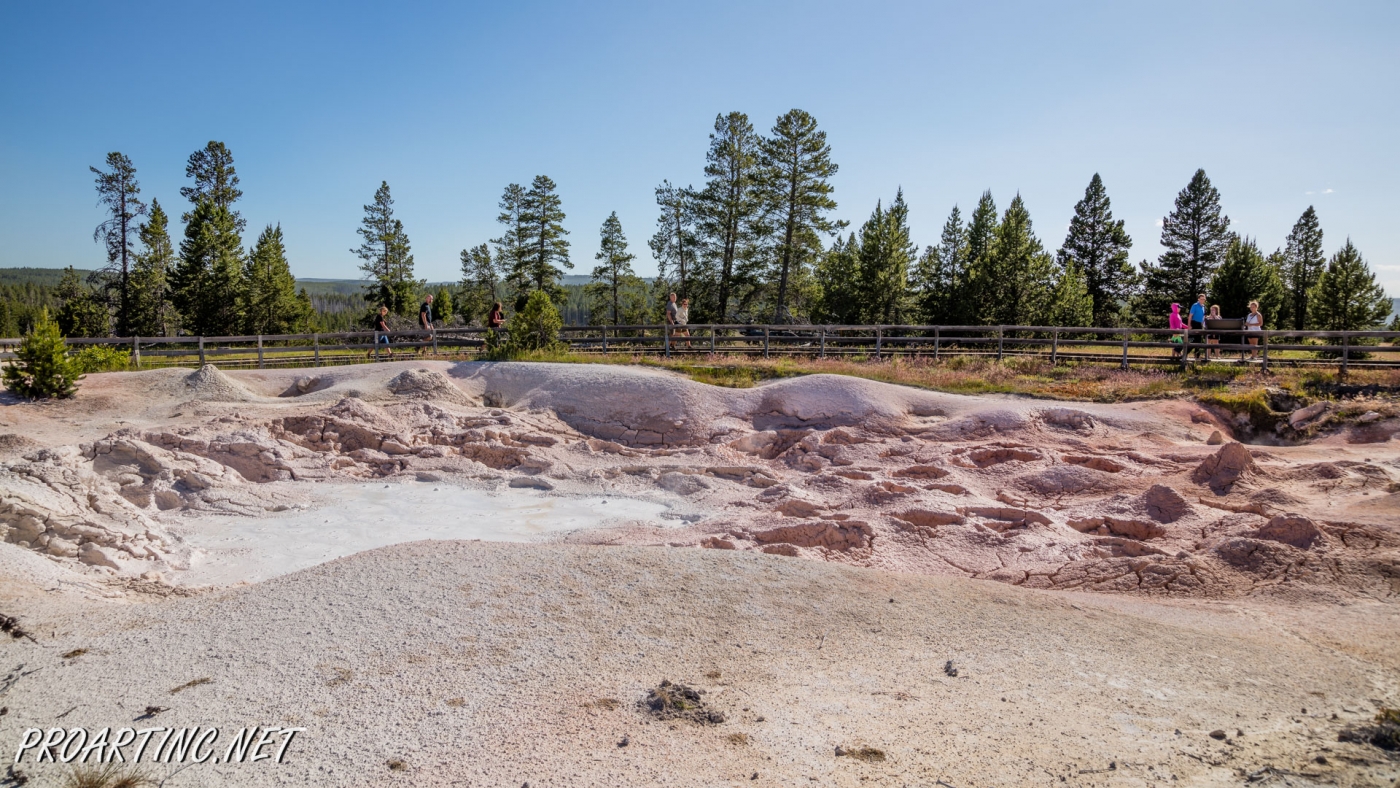



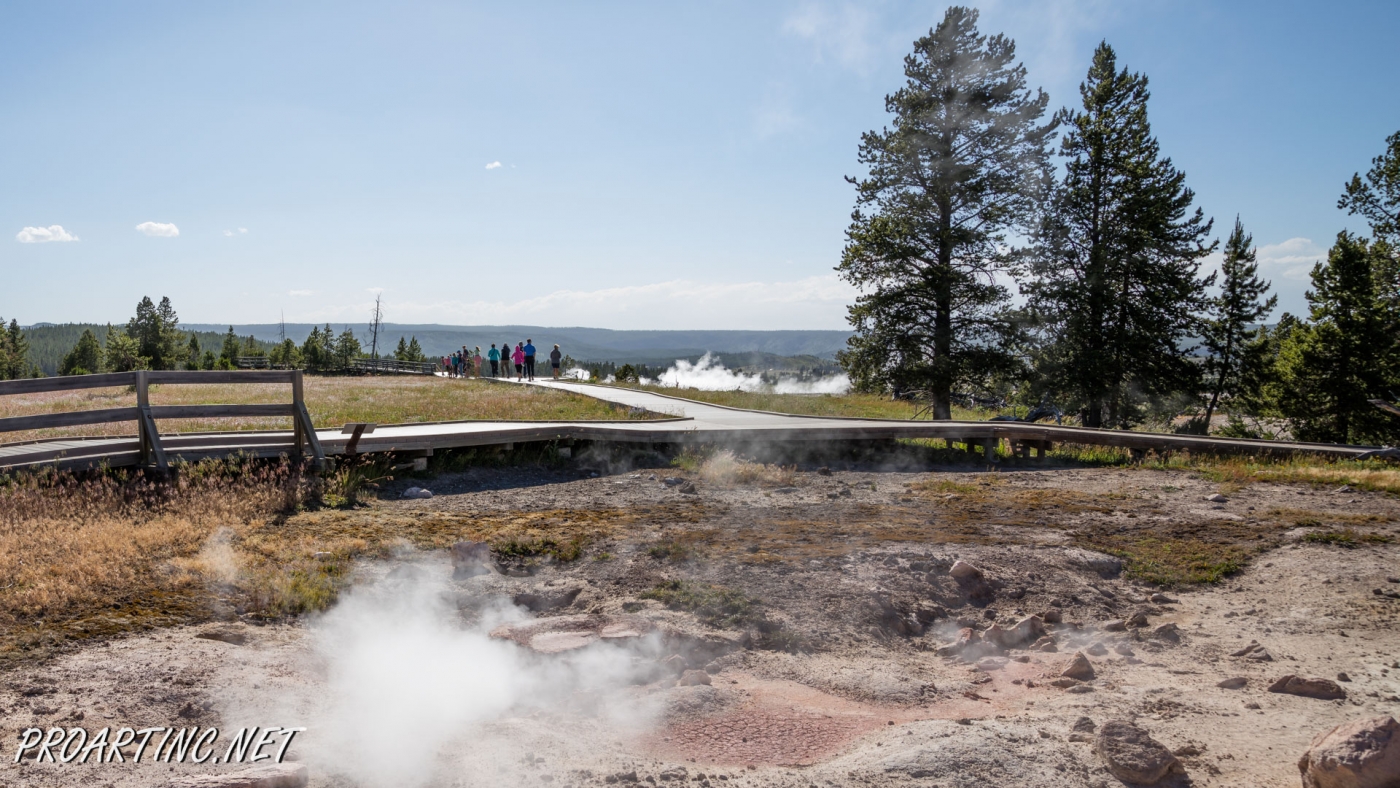



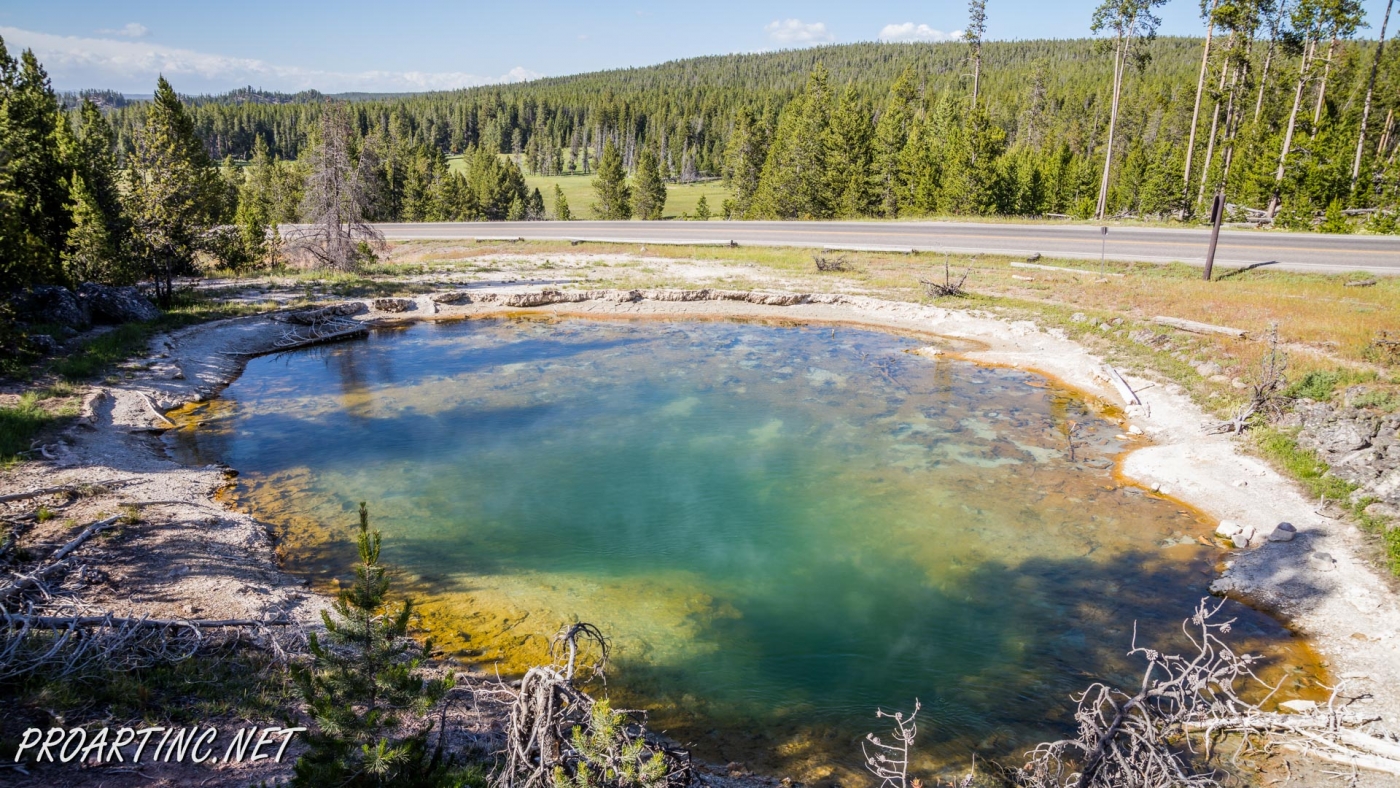

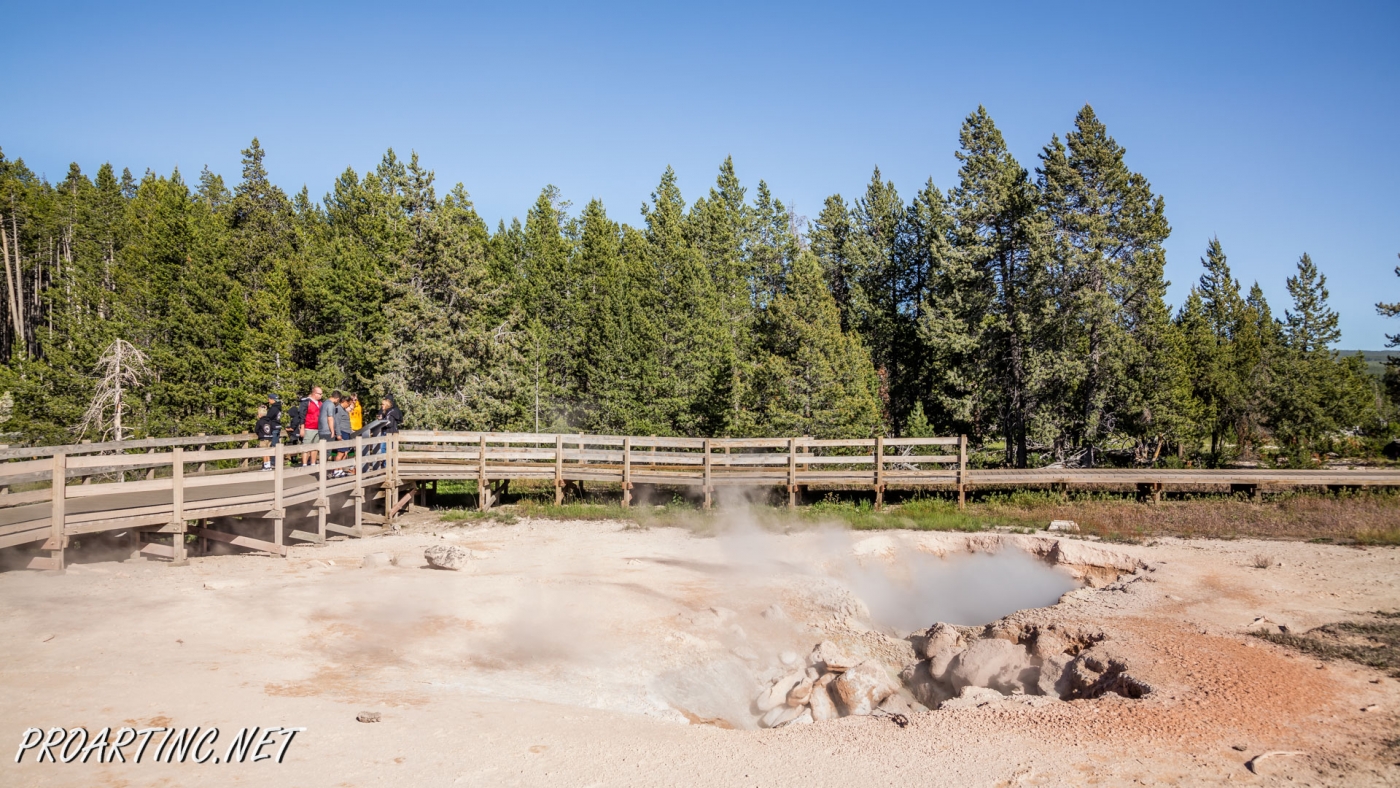



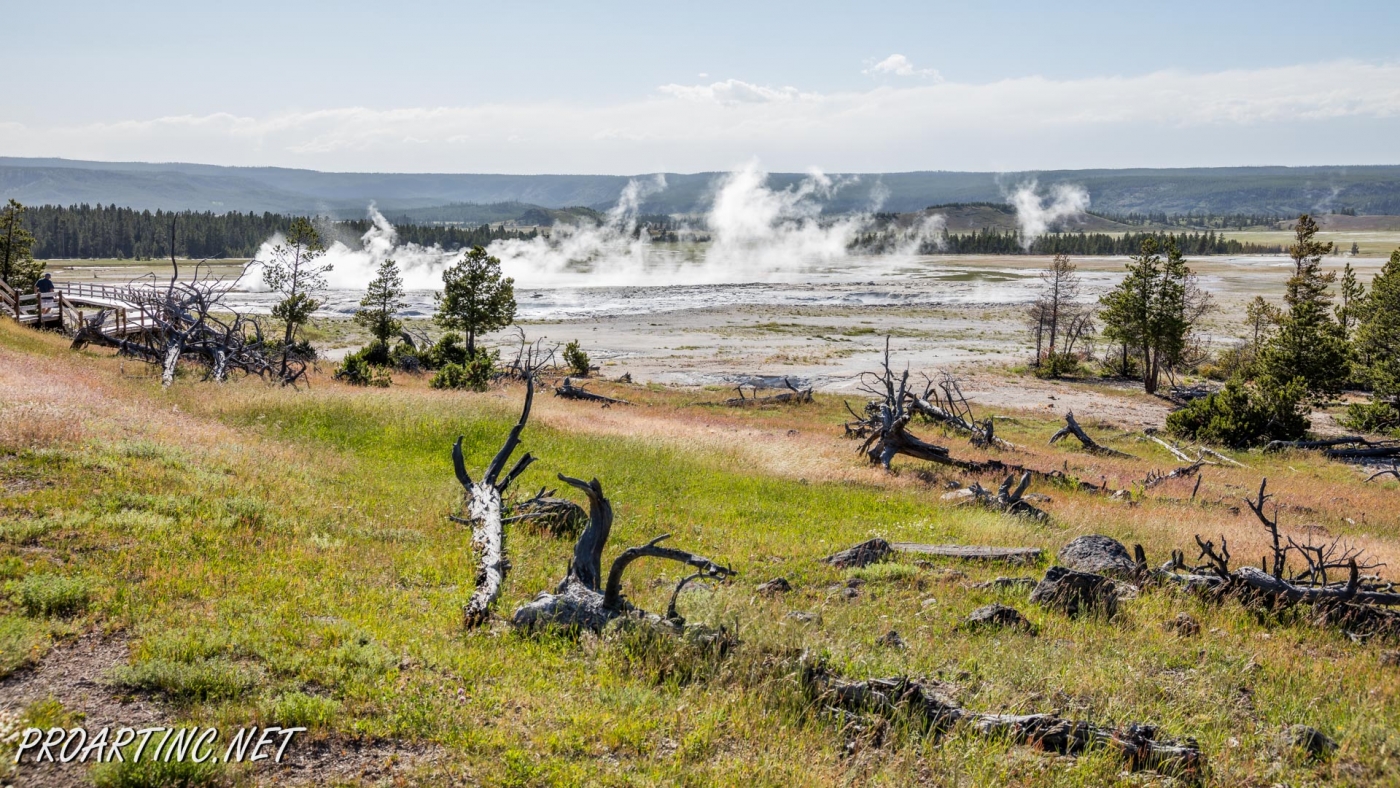

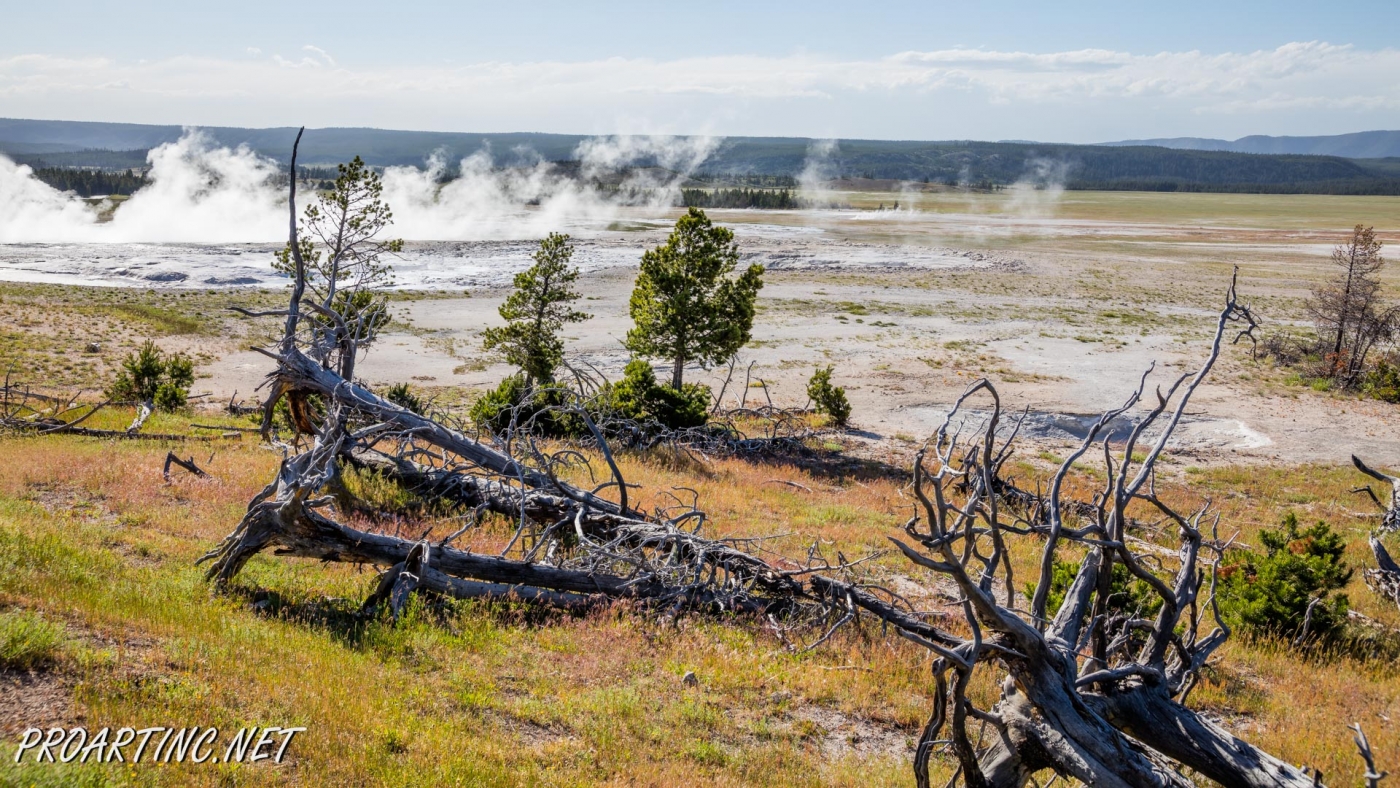





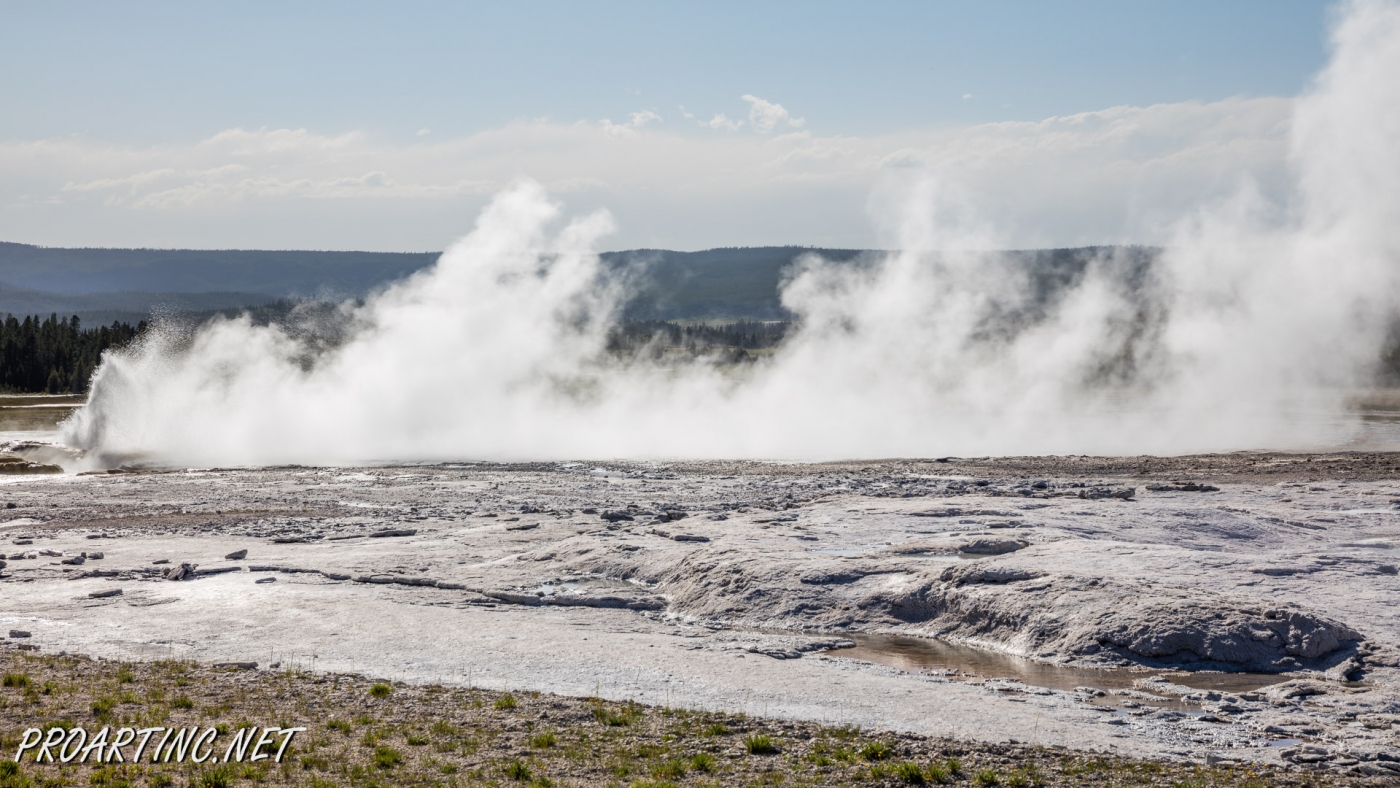



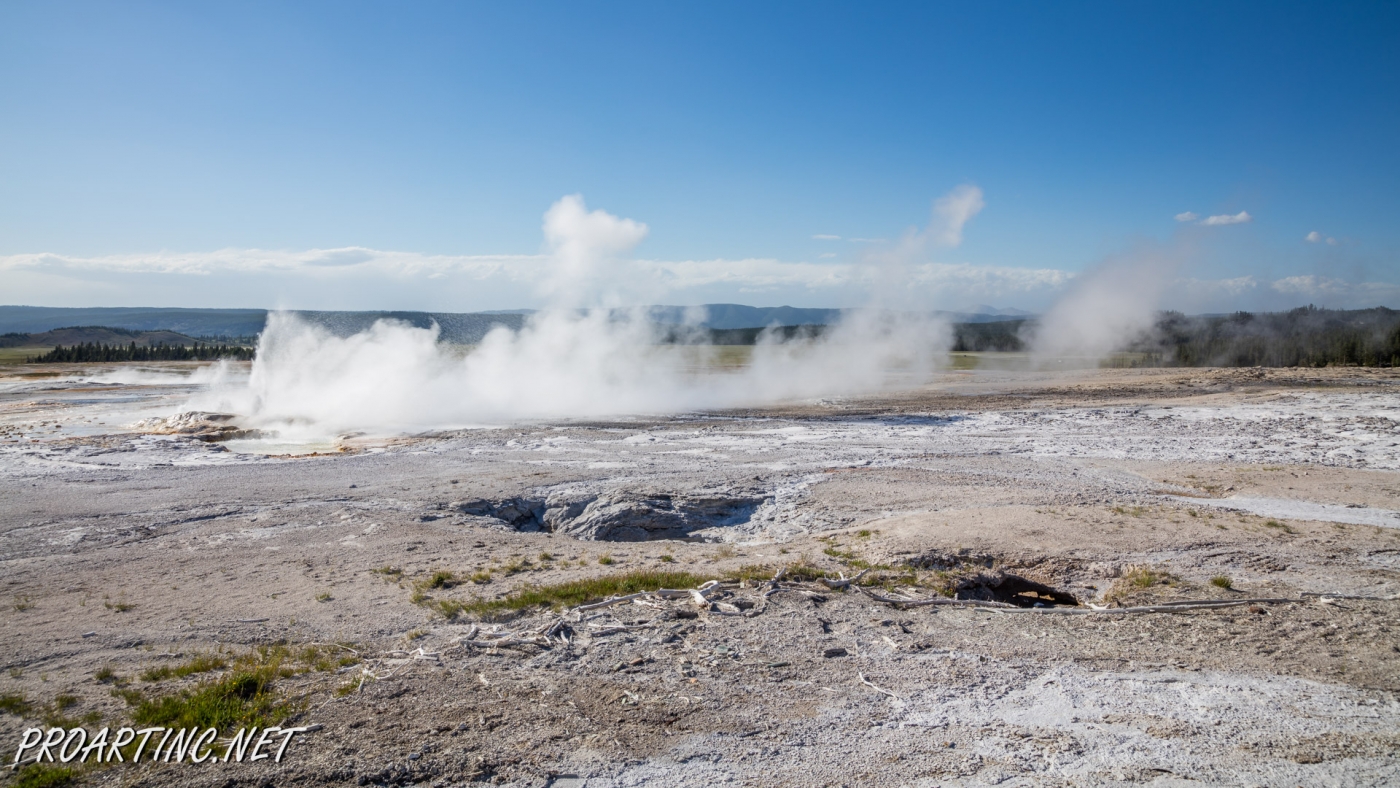



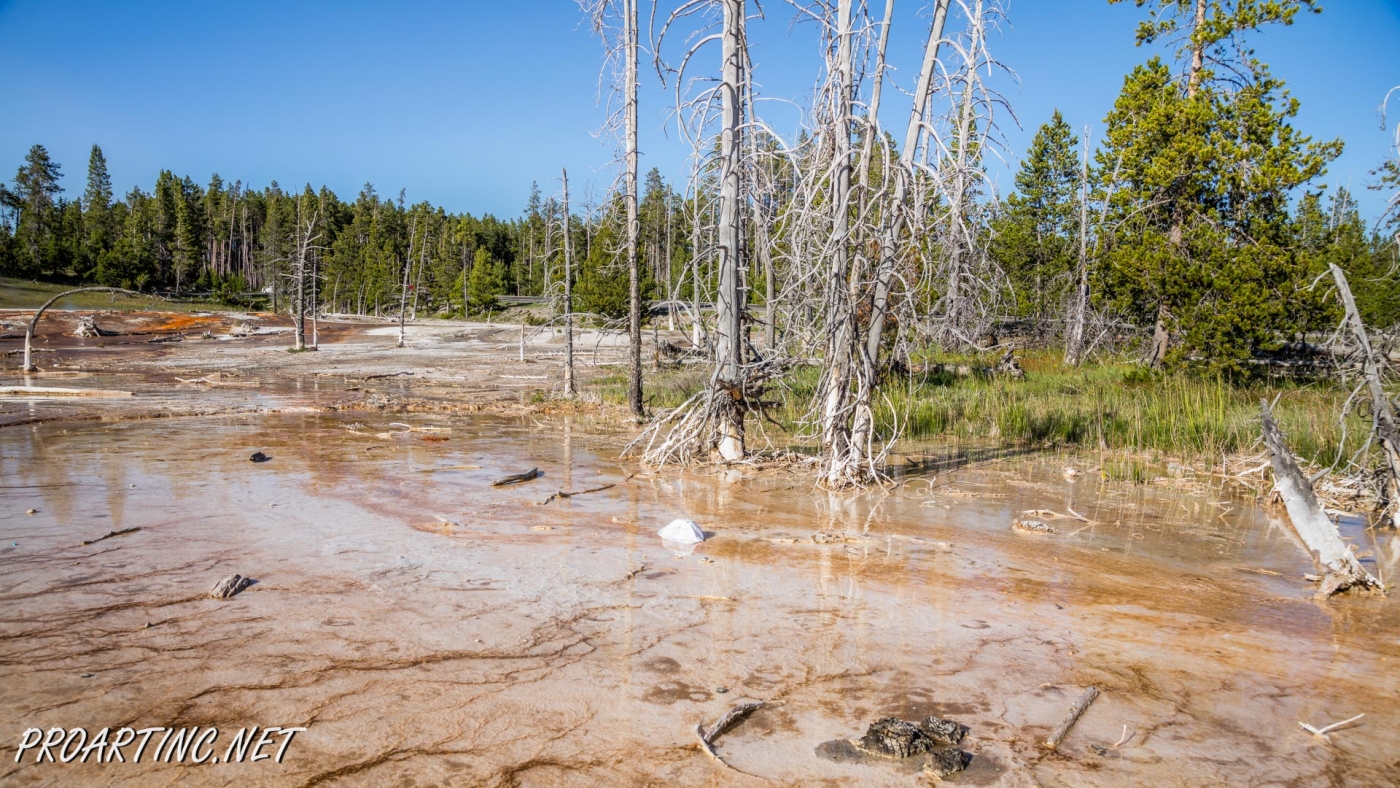


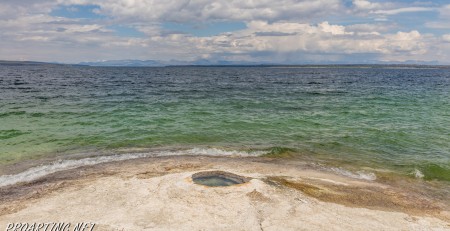
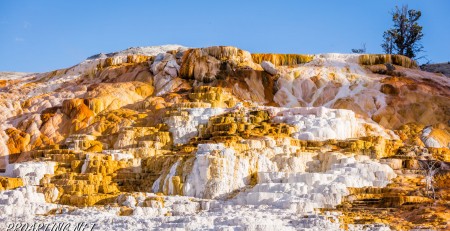
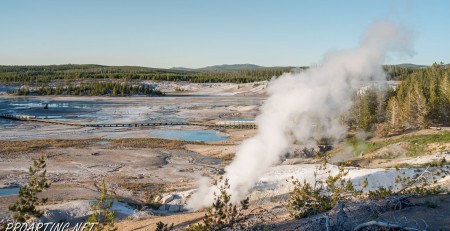
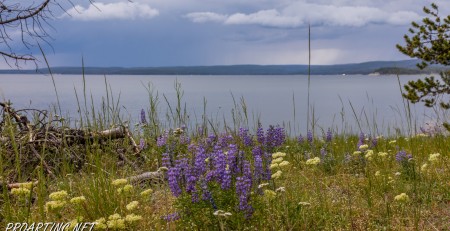





Leave a Reply
You must be logged in to post a comment.